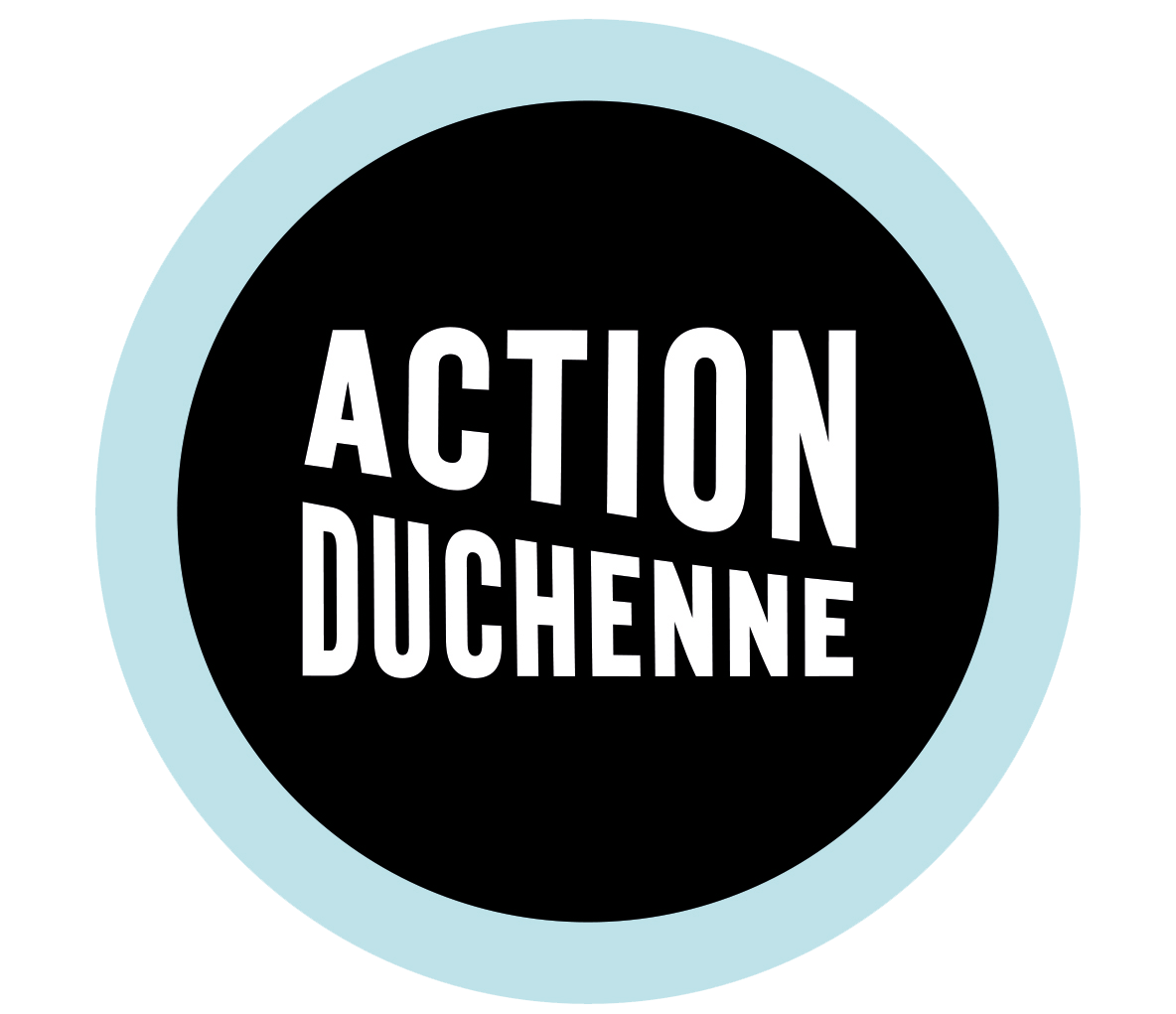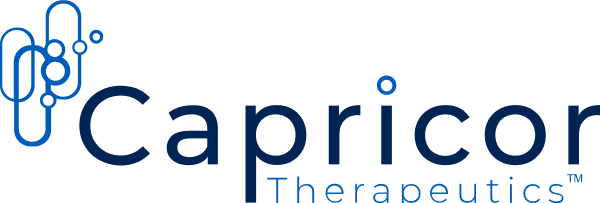This week Capricor Therapeutics announced positive long-term data from its’ ongoing HOPE-2 open-label extension (OLE) clinical trial, highlighting the potential of its lead asset, deramiocel, to slow disease progression and preserve upper limb function in patients with Duchenne muscular dystrophy (DMD).
In a study comparing patients treated with deramiocel to an external group, those who received deramiocel over three years saw their upper limb function decline by an average of 3.46 points, while the comparison group declined by 7.19 points. This means deramiocel slowed disease progression by 52%, showing its potential for long-term benefits.
Key findings include:
- Increasing treatment effect over time: Patients on deramiocel experienced slower disease progression each year, with declines of 1.8 points in Year 1, 1.2 points in Year 2, and 1.1 points in Year 3.
- Possible disease-modifying effects: Even after a 1-year break from treatment, patients who had previously received deramiocel declined slower (2.8 points per year) compared to untreated patients (3.7 points per year).
- Favourable safety profile – Deramiocel was well tolerated with no new safety signals identified and continues to maintain a favourable long-term benefit-risk profile.
Deramiocel
Deramiocel (CAP-1002) is composed of allogeneic cardiosphere-derived cells (CDCs), which have demonstrated immunomodulatory and antifibrotic effects in preclinical and clinical studies, preserving cardiac and skeletal muscle function in dystrophinopathies like DMD. CDCs secrete exosomes that reprogram macrophages to promote healing instead of inflammation.
HOPE-2
HOPE-2 was a randomised, double-blind, placebo-controlled, Phase 2 clinical study of Capricor’s lead investigational therapy, deramiocel, in boys and young men who have DMD. Study patients were treated via intravenous delivery with either deramiocel (150 million cells per infusion) or placebo every 3 months. Data from a total of 20 patients was analysed (12 placebo and 8 treated) at the 12-month time-point and the results were published in The Lancet. After the completion of the HOPE-2 study, all patients stopped treatment for approximately 392 days, which is referred to as the gap phase. Then all eligible patients who wished to remain on treatment entered the HOPE-2-OLE study where they receive deramiocel (150 million cells per infusion) every three months. The HOPE-2-OLE study previously met its primary endpoint at the one-year time point on the PUL 2.0. The HOPE-2-OLE study remains ongoing and into its fourth year and participants continue to be monitored for safety and functional performance.
Positive results from the HOPE-2 OLE study indicate a step forward for the future of Duchenne muscular dystrophy (DMD) treatment. By demonstrating deramiocel’s (CAP-1002) ability to slow disease progression and preserve upper limb function, this therapy offers a promising novel approach to addressing the progressive nature of DMD. This underscores the importance of a range innovative treatments in tackling the complexities of DMD and improving quality of life for those affected.


